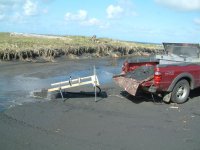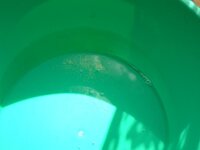fishnfacts
Full Member
- Mar 26, 2014
- 183
- 220
- Detector(s) used
- BH Disc 2200
- Primary Interest:
- All Treasure Hunting
Since being back in Chicago the best area to look for color is north on the Rock River from South Beloit to Oregon. I went up this weekend to do some fishing and took my bucket to check out some dirt. I dug around the roots of one tree that was half exposed from the river wash and when I got it down to a 1/2 teaspoon I started to see color. It is flour but it is color and no more than I dug this will be a great spot to put a lot more effort into.
What is the best and fastest way to recover it and would a sluice work on such fine gold?
What is the best and fastest way to recover it and would a sluice work on such fine gold?
Upvote
0








